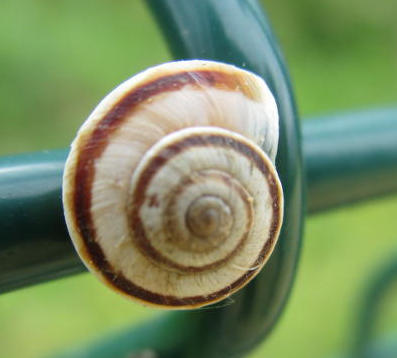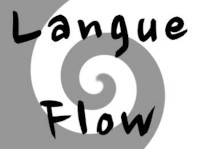
Languages, body and mind
by Johanna Domokos
This multilingual creative writing exercise aims to enhance the ability to decode, interpret, and create multilingual and multiscript texts while emphasizing the interconnection between body and language experience.
The Languages, body and mind exercise encourages participants to explore how language is not only a cognitive tool but also a physical and emotional experience that resides within the body. Through a series of activities, including warming up exercises, literary analysis and creative writing tasks, participants engage with languages in a personal and embodied way.
The focal point of the exercise is on mapping different languages to specific parts of the body (head, heart, stomach) based on emotional or sensory associations, offering a visual and verbal exploration of language and its connections to physical sensations.
As participants create a body-shaped composition, they reflect on how languages are activated within them during different emotional states, fostering a deeper understanding of language as both a mental and corporeal experience.
This exercise encourages self-expression and cultural exploration and fosters creativity, inviting participants to share their work in both physical and digital formats.
Time: Four units of 30–45 minutes with some breaks. The exercises can be done separately, but they build upon each other.
Basic Materials: To carry out this multilingual creative writing exercise, the following objects and materials would be needed:
- Paper: A3 or A2 paper for silhouette outline, large enough to create a full-body representation.
- Writing tools: Markers or colored pencils for filling in the body silhouette with languages and visual elements.
- Pens or fine liners for writing or drawing finer details inside the body outline (especially for text in various languages).
- Digital devices (optional): Computers, tablets, or smartphones with access to suitable programs or apps (drawing software, multilingual keyboards) for digital work.
- Ruler or stencils: To help create clean lines and shapes if participants want to make precise body outlines or sections.
I. Warming up exercise (30–45 minutes)
- Say Hello in different languages. Write them in the chat.
- Use various alphabets for the same greeting; you can use multilingual keyboards or apps.
- Look up the etymology and meaning of your name. Find different versions of your name in various languages and alphabets.
- Phonetic association/assonance-based composition: write words using letter combinations of your name.
- Look up the word for heart in languages you would like to learn.
(Break)
II. Literary example (30-45 minutes)
Print out and use a marker to highlight the English words in the following bionote-poem:
Sabira Ståhlberg, Wan Sun, Bokpil 2021, p. 60
- Mark in another color the words you do not understand.
- Work in pairs to identify the meanings of the words.
- Which words could not be deciphered?
- Read the poem and insert punctuation (dots, commas, etc.).
- What do we find out about the author from this poem?
- What is not written explicitly in the text, but we can infer due to code-switching?
- Reflect on the shape of the poem. What does it tell?
(Break)
III. Multilingual creative writing exercise
(easy version, 30-45 minutes)
Let’s make a visual poem:
- Create a head shape that includes the meaning of your name and its variants.
- Use multilingual words for the neck.
- Form the trunk using words that mean heart.
- Form one leg with English words by identifying the parts of the body.
- Form the other leg with translated words from various languages.
- Do the same with both arms.
- Share your visual poems (on paper or digital).
IV. Multilingual creative writing exercise
(advanced version, 45–60 minutes)
Warming up:
- Which language feels most present when you are thinking, problem-solving or reasoning?
- Imagine a happy feeling in your head. Invent/remember a situation to it.
- Which language do you associate with love, passion or deep emotional connection?
- Imagine a happy feeling in your heart. Invent/remember a situation to it.
- Which language rises up when you’re nervous, excited, or when you are experiencing intuition or gut feelings?
- Imagine a happy feeling in the stomach. Invent/remember a happy story to it.
Exercise: Outline a silhouette of a body on an A3 page. Create a simple, blank outline of a human figure on the page, leaving space inside the silhouette to represent different languages.
- Which of your languages would you place in the head, at the heart, or in the stomach?
- Think about which language you associate with certain emotions or states of mind. Outline situations where languages become corporeal to you.
- Describe scenarios where various languages are activated within your body.
Extra task, if time allows: Explore and write about the emotional or sensory connections you have with other areas of the body and how different languages might manifest in them.
- Make a body shape verbo-visual composition out of these ideas.
- On your silhouette, write in each language in its designated part of the body.
- Use colors, symbols, or even words to fill the sections that correspond to the head, heart, and stomach with the languages you have assigned to them.
- Feel free to get creative with how you visualize each language.
- Share your work: share your finished body outline with others, explaining the languages you chose for each part and how they relate to the feelings or situations you outlined.
Example:
Photo: © Sabira Ståhlberg 2025
